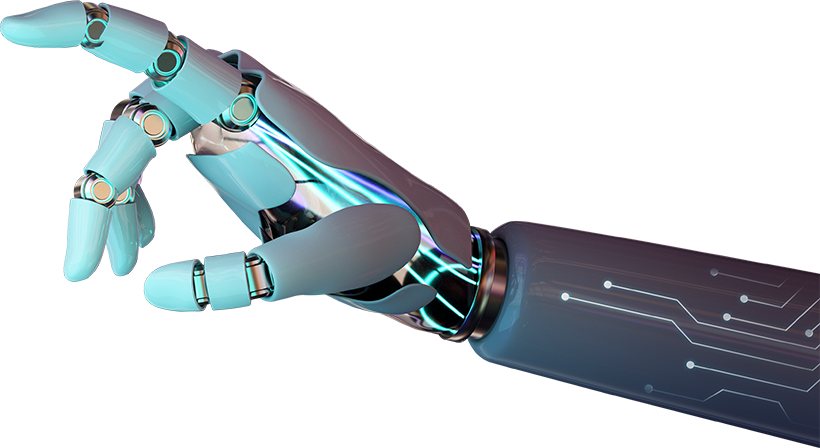
Artificial Intelligence
AI and ML are transformative forces, reshaping industries and human capabilities. They power virtual assistants and revolutionize healthcare diagnostics. This fusion propels humanity into uncharted realms of possibility.


The Genesis of Artificial Intelligence
Machine Learning: A Paradigm Shift
Transformative Applications Across Industries
Empowering Human Creativity
Ethical Considerations and Societal Implications
The Path Forward: Collaboration and Innovation